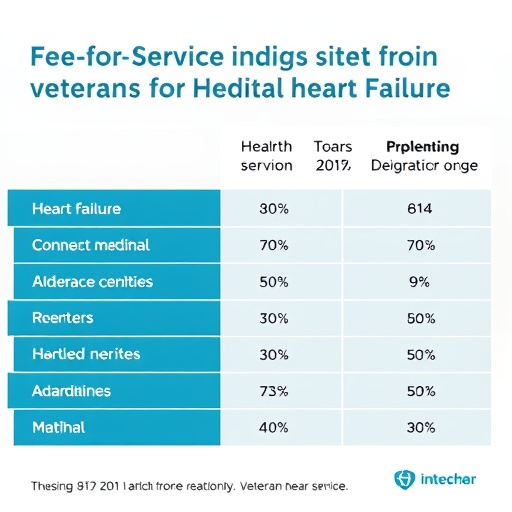Saving lives and property during Texas floods

Credit: UT Arlington
A University of Texas at Arlington civil engineer is helping develop statewide guidance for an early warning system for floods, as well as a flood information and response system for the city of Houston.
Nick Fang, associate professor in the Civil Engineering Department, is using a $250,000 Texas Water Development Board (TWDB) grant to develop an effective guidance manual for a specific early warning system tailored for communities in Texas.
Flood Early Warning Systems (FEWS) have become more popular among flood-prone communities in Texas because of their ability to monitor rainfall and river levels, provide real-time flood forecasting and estimate potential damages They also cost less than infrastructure-related mitigation solutions.
Many communities in Texas, however, need technical guidance tailored for them to understand and learn how to best utilize FEWS. Fang said he anticipates the guidance being useful for community leaders, county judges, emergency planners and floodplain managers in planning for future flooding events. Pertinent information will reside in a database for use by the TWDB, other governmental entities and the public.
“This will not only serve to warn Texans of flooding, but also will look at recommendations that can be enacted by local authorities to help eliminate or lessen some of the challenges associated with these bad-weather events,” Fang said. “We hope to convince entities across the state to better utilize flood early warning systems, whether they’re simple monitoring systems or predictive systems. It could save lives and properties during devastating weather events.”
Ali Abolmaali, chair of the Civil Engineering Department, said the project could lead to entities across Texas adopting Fang’s guidance to enhance flood resilience for their communities.
“When cities and counties see the benefit of having such a system, I’m certain they will adopt what Dr. Fang has outlined in the flood early warning system plan,” Abolmaali said.
Flood system for Houston
Fang also received a second grant, funded by the city of Houston, worth $230,000 to develop and implement a radar-based flood information and response system (FIRST) to assess and map critical infrastructure, such as hospitals, nursing homes, fire stations and wastewater treatment plants. The system would allow for early warnings with real-time visualizations of critical hotspots and inundated areas during storms.
The data will include information gathered from Brays Bayou, White Oak Bayou, Hunting Bayou and Sims Bayou, all in the Houston area.
Houston’s flood alert system will include a floodplain map library, a predictive tool hosted online that demonstrates inundation levels under various rainfall conditions. It will use data platforms from the Houston Health Department and Rice University to monitor flood levels for selected critical facilities and neighborhoods by integrating real-time access to radar rainfall data and stream gauges.
“The major objective of this project is to inform the city of Houston’s emergency management operations, including emergency closures, evacuations and rescue operations for major flooding events,” Fang said. “We hope the system works as a decision-making tool that enables leaders to initiate the best possible strategies during severe storm events.”
###
Media Contact
Herb Booth
[email protected]
Original Source
https:/




